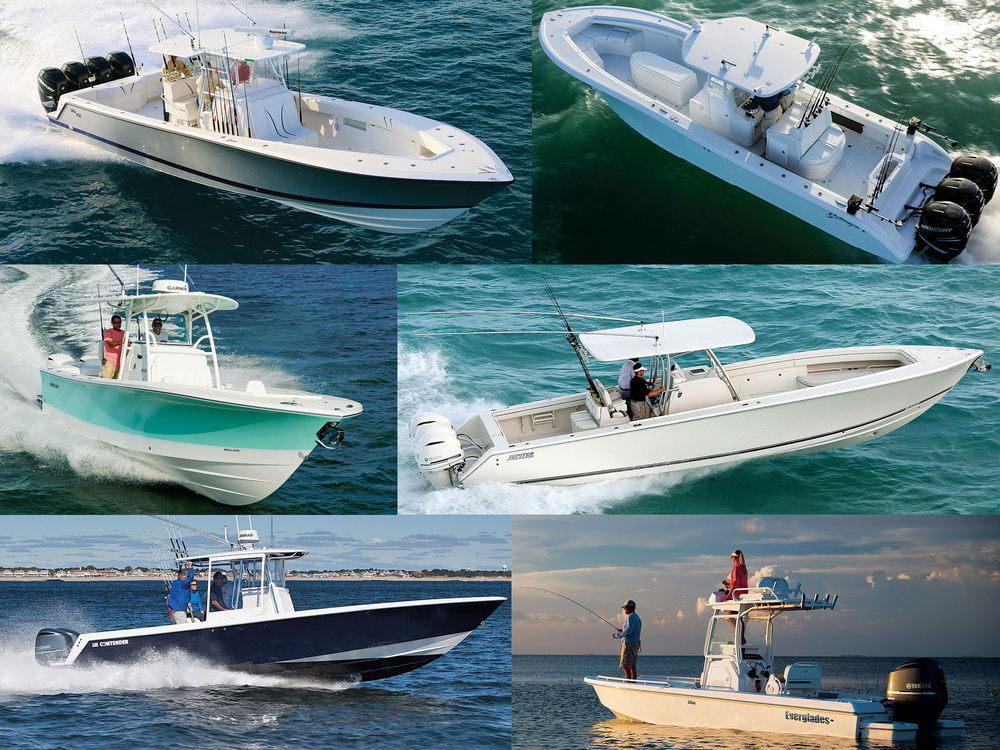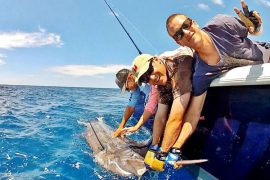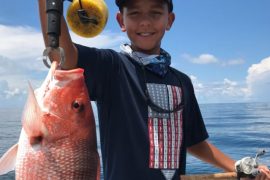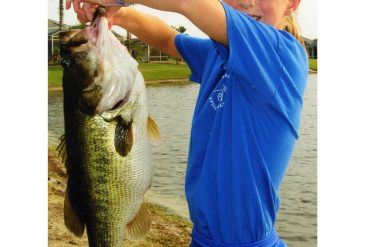
“Classic” connotes timeless style. Classic means enduring worth. Classic oozes cool.
So when someone mentions “classic boat,” what comes to mind? If you’re like me, you recall the Bertram 31, the Whaler 17 Montauk or the 21 SeaCraft. You might even think of a 1960s wooden Grady-White or a teak-laden Chris-Craft cruiser.
But what will tomorrow’s classics look like? We decided to hazard a guess, based on the popularity of several hulls well‑known to most readers, hulls that have been on the market at least five years. (If you agree with us, or have better suggestions, you can share your thoughts on our Facebook page this month. Look for the Classic Boats posts.)
Introduced in 2010, the 32 ST gained instant popularity because it replaced the long-beloved 31 Contender, says Jordan Delong, director of sales and marketing for the Homestead, Florida, boatbuilder. For years, 30-ish-footers, such as the 31, dominated the Southern Kingfish Association tournament circuit as the perfect compromise of fishability, affordability and performance.
Standard features of the 32 ST include a one-piece, level deck fore and aft — a major plus for anglers working trophy fish around the boat — twin 40-gallon pressurized livewells, a walk-through transom, four lined and insulated fish boxes, lockable electronics panel, locking rod boxes forward, and K-Plane trim tabs. Notable options include a forward coffin box, a tackle center, customized T-tops, additional livewells and more rod holders than you can count.
In Yamaha performance tests, the stepped-hull 32 with twin F300s topped out at 63.1 mph, turning 5,900 rpm and achieving 1.2 mpg. It took just 4.6 seconds to plane and reached 30 mph in 7.2 seconds. The boat cruises most comfortably and economically at 3,500 rpm, running 38.3 mph and offering 2.09 mpg.
For more than 12 years, the 243cc has grown in popularity, remaining the company’s top-selling model by a wide margin, says Shane Kwaterski, Everglades director of dealer development. “The 243cc should become a classic because of its revolutionary design,” he says. “While 24-foot bay boats did exist when this hull debuted in 2004, none had this kind of hull design. It’s truly two boats in one: an offshore front with cut-down gunwales, and it flattens out at the [19-degree] transom.”
In addition to its hybrid hull, the 243 also features Everglades’ RAMCAP construction and patented sliding, adjustable windshield, which ties to a hardtop assembly. That was a first at the time, Kwaterski says. The 243 also featured powder coating on the superstructure, which had been a popular big-boat attribute until the mid-2000s.
For anglers, the 243 comes with a 36-gallon livewell standard, a 67-gallon forward fish box, 65-quart Yeti cooler, undergunwale power ports and rod racks, tackle lockers, and lockable rod storage. Power steering also comes standard on the 243, as does a hardtop with rod holders and an electronics box.
Jupiter says that in 2004, its 38 FS ushered in the large custom center console trend — a new market showcasing vessels now in the high 30s, 40s and even 50-plus-foot range. Building on its strong debut, the 38 FS has been a top performer ever since, Jupiter says.
What does it have…





